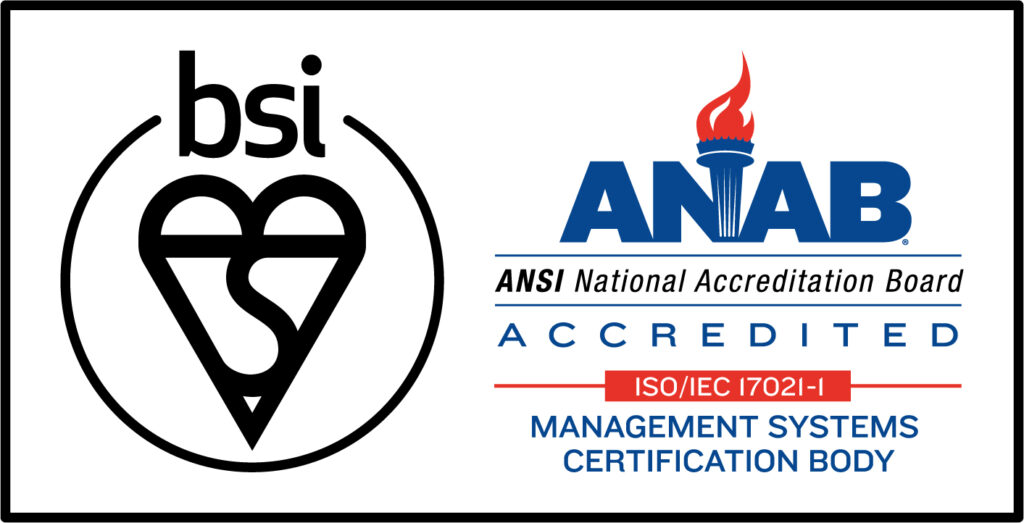In recent years, business globalization has naturally led to the formation of global teams. However, this also brings linguistic barriers, making smooth communication challenging. We spoke with Mr. Saito from NEC Solution Innovators, who has been using VoicePing for communication with local team members in Vietnam.

Interview with NEC Solution Innovators
NEC Solution Innovators' Team Focused on International Collaboration
Could you please tell us about your business activities?
Mr. Saito: At NEC Solution Innovators, our main focus is on providing solutions to societal issues. I work closely with local members of NEC Vietnam, forming teams to tackle various tasks. My role involves strategic team development, facilitation as a scrum master, and involvement in a coaching capacity.
Why did you introduce VoicePing?
Mr. Saito: We implemented VoicePing as a communication tool with our local corporate members. It wasn’t my personal choice; my predecessor had made the decision due to the lack of web conferencing tools with Vietnamese translation capabilities. We have high expectations for its translation feature.
Utilizing VoicePing for Communication with Vietnamese Team Members
How do you find the translation feature in practice? What is the feedback from your team members?
Mr. Saito:
However, having this feature is significantly different; it helps understand the context when local members converse in Vietnamese. It’s also useful in preparing for subsequent discussions. However, Vietnamese transcription can sometimes be inaccurate. The pronunciation is challenging, leading to occasional inaccuracies in Japanese translation. Local team members mentioned that they use the transcripts for translation when they miss parts of the conversation. The accuracy of Japanese transcription is quite high, so the Vietnamese translation is relatively accurate. It helps them understand what we are discussing in Japanese. Though we haven’t measured it, our understanding seems to have improved in speed.
Any other feedback or thoughts on using VoicePing?
The call quality seems quite good. Despite speaking with members in Vietnam, there’s little delay, and we don’t experience the common issue of one party’s voice being drowned out. Also, I find the frequent updates to the UI quite noticeable. We primarily use it for web conferencing, but it would be interesting if the translation text could appear over the icons.
Building Teams Unhindered by Language Barriers
Any future prospects?
In my team, working with international members always leads to communication challenges, including language, which I see as a potential loss of opportunity. Language learning takes time. So, we’re looking to resolve these issues with IT solutions, VoicePing being one of them. Besides the meetings on VoicePing, we’re considering various communication methods to ensure language barriers do not lead to missed opportunities.
About VoicePing
Do you have the same issues with NEC Solution Innovators and want to try VoicePing?


